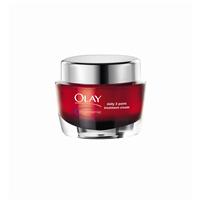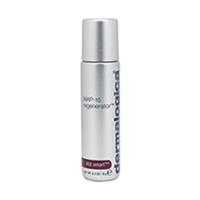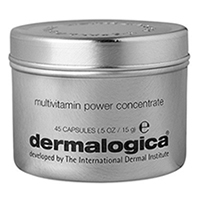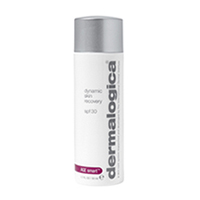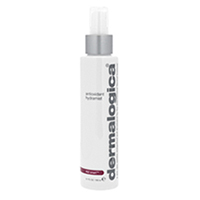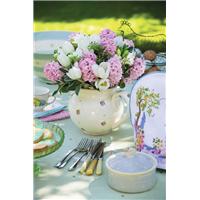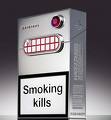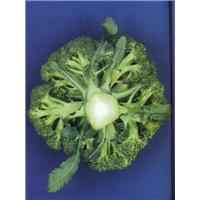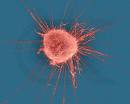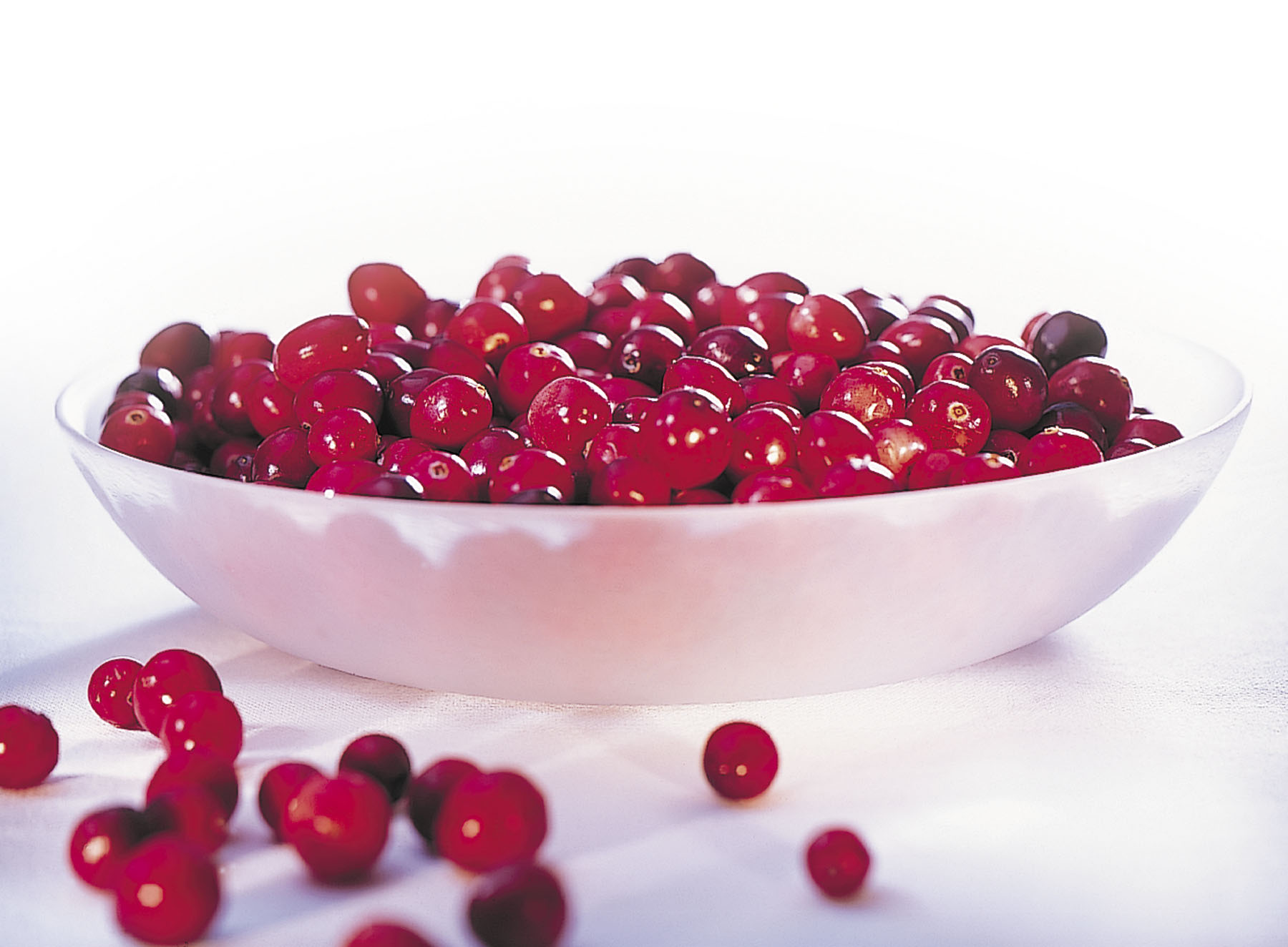
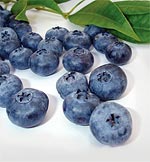
Chicago: Foods that may provide a health benefit beyond basic nutrition, identified as functional foods, are becoming a key part of everyday life, according to a new article appearing in Food Technology, a publication of the Institute of Food Technologists.
Liz Sloan, Contributing Editor and President of Sloan Trends and Solutions, a trending and market predictions firm focusing on the food industry, has identified the top 10 trends in functional foods. The article noted that the majority of Americans, 69 percent are incorporating foods into a preventative lifestyle, while 27 percent are utilizing food as a treatment to manage a preexisting health condition. One-third of shoppers (36 percent) are trying to reduce the risk of developing a health condition, follow a doctors advice (30 percent) or manage/treat a specific condition on their own (25 percent), according to the Food Marketing Institute¹ data.
Todays consumers are extremely sophisticated, and they are attracted to functional foods ability to help manage health and wellness, said IFT spokesperson Roger Clemens, PhD. Simply put, Americans are relying heavily on the foods they consume to improve their well-being.
Top 10 Food Trends
1. Healthy Household Halo Americans are looking to create a healthy household. Approximately 57 percent of shoppers are making a lot of effort to eat healthier². With half (53 percent) of adults controlling their diet 61 percent for weight, 36 percent cholesterol, 22 percent blood sugar, 18 percent high blood pressure, and 14 percent diabetes³. Babies and young children also drive healthier household eating. Popular trends include DHA for brain and eye development and probiotics for digestive health. In recent years, sales of healthful kids foods have outsold regular kids products 3:14. With 28 percent of parents admitting that they have an overweight child and one in eight kids having two or more risk factors for heart disease later in life, the No. 3 concern of moms, after immunity and growth/development, is now healthy kids foods.
2. Natural End Benefits Recent scientific validation of the health benefits of superfoods have convinced consumers that key benefits are, in fact, naturally achievable, thus creating a new trend to whole food nutrition. New superfoods include:
Blood Oranges
Goji Berries
Seabuckthorn
Mangosteens
Garbanzo Beans
Specialty Mushrooms
3. Balancing The Bul-get The U.S. weight loss marketprojected to grow from $58 billion to $69 billion by 2010is undergoing a sea change as consumers shift from dieting/weight loss programs to managing weight via smaller portions, specific food restrictions, and light/low-fat and super-satiating foods 5. Products providing, satiety, the state of feeling full or gratified, are now a hot commodity.
4. Contemporary Conditions As 31 million Americans turn age 65 over the next 10 years, and the oldest of the 76 million baby boomers enter their 60s, the demand for condition-specific foods will skyrocket. Conditions such as high cholesterol, high blood pressure, osteoporosis and diabetes have created a need for functional foods to manage/treat these conditions. Boomers are looking to consume more omega-3s, polyphenols, flavanols, and plant sterols as part of a balanced lifestyle.
5. Proactive Lifestyles With the majority of consumers trying to live a preventive lifestyle, fortified foods and beverages have quickly become a way of life. Consumers are making a strong effort to get more vitamin C, calcium, B vitamins, fiber, antioxidants, vitamin E, omega-3s/DHA/fish oil, vitamin A, potassium, iron, and folic acid from the food and beverages they consume6.
Proactive lifestyles have also created a need for functional foods that enhance skin, hair, and nails from the inside out. The U.S. cosmeceutical market is expected to grow from $14.9 billion to $17.2 billion by 20107.
6. Simpler, Greener, & Cleaner Many consumers are taking a simpler, more-natural approach to the foods they eat, looking for foods with only a few ingredients and as fresh and close to the farm as time and budget will allow. Hormones topped the list of ingredients that consumers were least comfortable consuming.
Organic food and beverages sales grew 13 percent in 2007 and are expected to continue at double-digit growth through 20108. Consumers believe local products are fresher, have fewer pesticides, and in general are of higher quality9. Whole and heritage grains are among the ingredients that best symbolize the new natural direction.
7. Smart Treats With two-thirds (66 percent) of consumers trying to eat snacks with more nutrition, 63 percent looking for lower-calorie favorites, and one-quarter looking for 100-calorie snack packs, healthier snack options is a must have for todays consumer. Healthy snack sales outpaced traditional snacks nearly 3:1 over the last few years10.
8. Sensitivity Training The number of adults who perceive that they, or their children, suffer from food allergies, intolerances, and sensitivities continues to grow, creating lucrative markets, disproportionate to their true medical base. The 70 million Americans suffering from a digestive ailment expect to see more products fortified with fiber and gluten-free. Foods carrying a digestive health/probiotic clam reached $712 million in 200711.
9. Vitality Treadmill Energy was the top reason consumers made a dietary change last year. More than half of adults (55 percent) need something to give them an energy boost several times a week, 48 percent to increase their stamina/physical endurance, 46 percent to help them wake up, 43 percent to improve mental alertness, and 40 percent to keep them awake12.
Of all new functional food concepts, consumers are most interested in new products that improve mental performance13. Just over one-third of consumers drink energy beverages for a mental boost14. Ginseng, guarana, and taurine are among the key ingredients in emerging beverages. Candies, gums, and chocolates are also gaining popularity within this market.
10. New Venues Without a doubt, the most important factor driving the healthy and functional foods market mainstream has been the increased accessibility of healthy products through additional channels. With todays grab-and-go lifestyle and rising gas prices, convenience stores have become a powerhouse for sales of some healthy products. Convenience stores have instituted new programs designed to increase sales of these types of products.
To view or download this Food Technology article in its entirety please the visit http://www.ift.org
About Food Technology
Food Technology is IFT’s monthly flagship magazine addressing all facets of food science and technology. Its timely, in-depth coverage includes the latest research developments, industry news, and consumer product innovations.
About IFT
Founded in 1939, and with world headquarters in Chicago, Illinois, USA, the Institute of Food Technologist is a not-for-profit international scientific society with 22,000 members working in food science, technology and related professions in the industry, academia and government. As the society for food science and technology, IFT brings sound science to the public discussion of food issues. For more on IFT, visit http://www.ift.org










